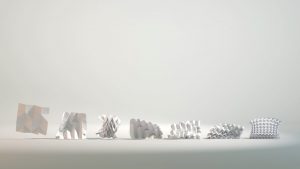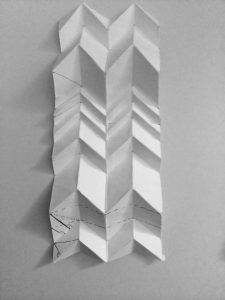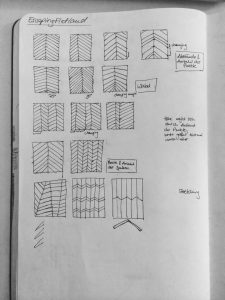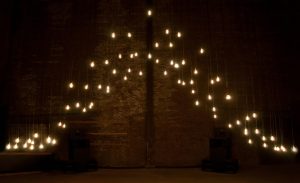//Yugyeong Lee
//Section A
//yugyeonl@andrew.cmu.edu
//Project-01
function setup() {
createCanvas(600, 600);
}
function draw() {
background(255);
strokeWeight(8);
stroke(248, 153, 170);
fill(254, 192, 203);
ellipse(300, 300, 500, 500);
//Hair
fill(128, 24, 80);
noStroke();
ellipse(300, 255, 225, 290);
rect(187.5, 265, 225, 140);
//Face
fill(206, 163, 121);
noStroke();
ellipse(300, 250, 175, 215);
ellipse(300, 257, 150, 215);
//Brows
fill(90, 55, 42);
quad(317, 225, 358, 225, 370, 230, 317, 230);
quad(283, 225, 242, 225, 230, 230, 283, 230);
//Eyes
fill(255);
stroke(0);
strokeWeight(2);
arc(340, 255, 35, 18, PI, TWO_PI);
arc(260, 255, 35, 18, PI, TWO_PI);
noStroke();
ellipse(260, 255, 35, 12);
ellipse(340, 255, 35, 12);
fill(0);
ellipse(340, 253, 16, 16);
ellipse(260, 253, 16, 16);
fill(255);
ellipse(340, 253, 3, 3);
ellipse(260, 253, 3, 3);
//Glasses
stroke(0);
strokeWeight(8);
noFill();
rect(315, 240, 60, 40, 5, 2, 5, 13);
rect(225, 240, 60, 40, 5, 5, 13, 2);
line(285, 250, 315, 250);
line(225, 250, 214, 250);
line(375, 250, 386, 250);
//Mouth
stroke(196, 48, 36)
strokeWeight(3);
line(300, 330, 325, 320);
line(300, 330, 275, 320);
//Nose
stroke(0);
strokeWeight(3);
arc(300, 295, 20, 12, TWO_PI, PI);
//Hair
push();
translate(347,240);
rotate(40);
fill(128, 24, 80);
noStroke();
ellipse(-44,43,40,140);
pop();
push();
translate(347,240);
rotate(40);
fill(128, 24, 80);
noStroke();
ellipse(30,115,140,40);
pop();
}
In project I, I created a portrait of myself using basic shapes such as ellipse, rectangle, arc, etc. The challenging part of this project was to figure out the coordinate along the way requiring constant editing and refreshing.
![[OLD – FALL 2016] 15-104 • COMPUTING for CREATIVE PRACTICE](../../../../wp-content/uploads/2020/08/stop-banner.png)





